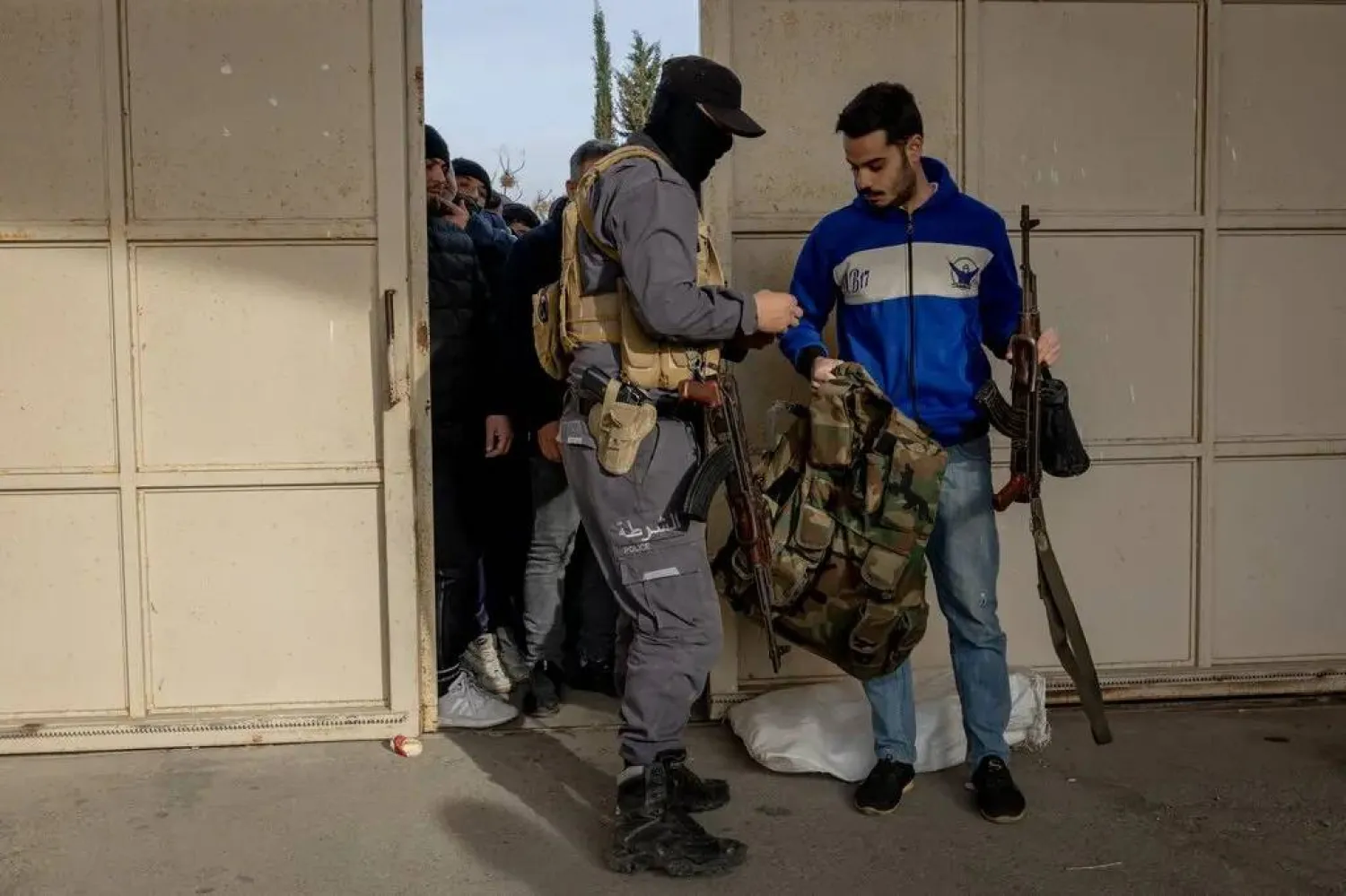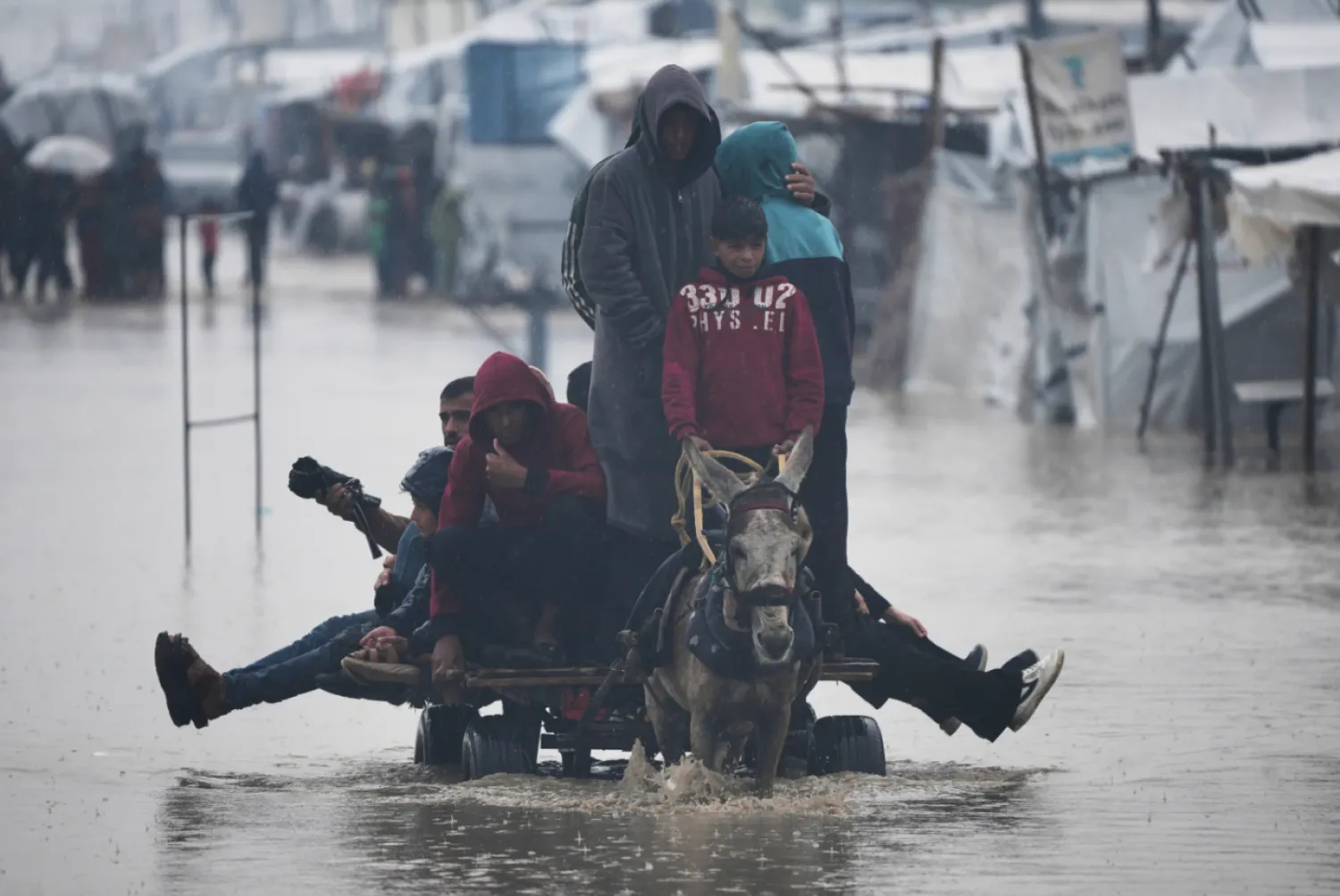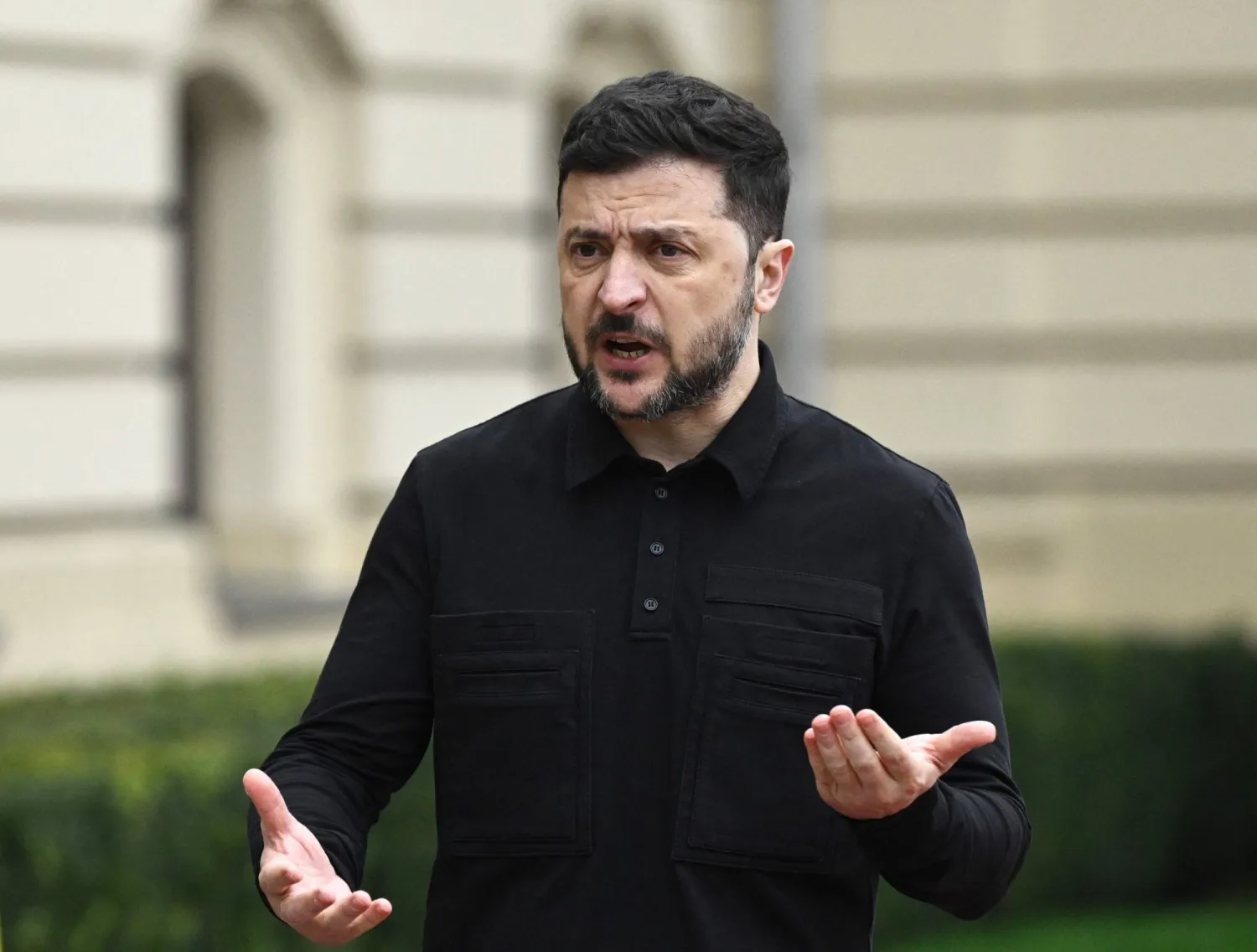The arrest of an opposition presidential candidate last month has triggered Türkiye's largest anti-government protests in more than a decade, uniting demonstrators from different walks of life and sometimes diametrically opposed political views.
It includes supporters of popular Istanbul Mayor Ekrem Imamoglu, and young people who see all politicians as ineffective. Protesters range from the socialist left to the ultra-nationalist right, and from university students to retirees.
They are united by a sense that the government of President Recep Tayyip Erdogan has grown increasingly authoritarian, diminishing the secular and democratic values and laws that the country was built upon. They are fueled by outrage at Imamoglu's arrest and the government's attempts to quell the ensuing protests.
The protests began after the government arrested Imamoglu, the man seen as posing the most serious electoral challenge to Erdogan in years, on March 19. Prosecutors accuse him of corruption and aiding an outlawed Kurdish organization.
Critics say the charges are an excuse to get a key rival out of the way, but the government denies interfering with the legal process.
The largest protests have happened alongside rallies of Imamoglu's center-left pro-secularist Republican People’s Party, known as the CHP, but many young protesters said they don't support the party.
Ogulcan Akti, a 26-year-old university student working two part-time jobs to support his family, said both the opposition and the ruling party are "liars."
"The ones in power and the opposition that will come later, they’re all the same," he said. "We don’t trust anyone."
In the days after the mayor's arrest, thousands of students converged near Istanbul city hall. Some waved Turkish flags; others held images of left-wing figures from the 1970s and sang a Turkish version of the Italian protest song "Bella ciao."
In images on social media, some protesters made the ultranationalist "grey wolf" hand sign, standing next to others showing the leftists' raised fist. Some showed the peace sign favored by both leftists and pro-Kurdish groups, while others chanted slogans attacking the banned militant Kurdistan Workers’ Party.
Berk Esen, an associate professor of political science at Sabanci University, said most protesters he has seen are educated, urban young people aged 18 to 25, but they have little else in common: "This is a much more amorphous, eclectic group politically," he said.
One afternoon last week, dozens of students from Bogazici University gathered at a metro station in Istanbul, many wearing masks to avoid reprisals or arrest.
More than 2,000 people, including journalists, have been detained since the protests began. Around 300 were formally arrested on charges including "joining an illegal protest" and "resisting the police," with some accused of "terrorism links."
Lawyers for the arrested students say that the charge of "joining an illegal protest" does not justify extended detention, and that the number of arrests is "unusually high" compared to offenses such as terrorism or drugs.
At the metro station, 22-year-old management student Burak Turan and his girlfriend slipped into a mall, watching officers detain dozens of protesters.
"We are here because so many students are getting arrested for no reason," Turan said. "They act like it’s a war; they are exercising wartime laws." Turan refused to wear a mask, saying he had nothing to be ashamed of.
Other protesters include public employees, artists and retirees, many of whom support the CHP.
A man in his 60s watching a standoff at city hall said he was there to defend the rights of the younger generation. "We don’t matter, they do. They are our future." he said.
Others were there to speak out against as what they perceived as a slide away from Türkiye's secular and democratic values under Erdogan.
Mehtap Bozkurt, a 70-year-old pensioner and a CHP supporter, joined a protest outside Istanbul city hall.
"This country is secular and will remain secular," she said. "We will resist until the end. I am ready to give my life and blood for this issue."
That doesn't mean that people protesting aren't practicing Muslims, said Esen, the Sabanci academic. "There are Muslims, religious people and those who at least perform some religious duties amongst the protesters," he said. "But they also probably define themselves as secular."
Parents protest treatment of students
Outside the courts in Istanbul, parents and relatives, some holding flowers, maintained an anxious vigil. Some hoped for a loved one's immediate release, while others were overcome with frustration. One family member, who asked to remain anonymous fearing reprisals from officials, told local media that the detained students had "studied day and night to get into the best universities."
"Look at the treatment they are receiving now. There are no rights. There is no law. There is no justice," she said.
Another woman showed journalists a picture of her son with a black eye. "He told me, ‘Mom, they beat me up,’" she said tearfully. Another woman said she was a cancer patient left waiting since dawn. "What did these kids do? Did they murder someone? What did they even do?"
Around 300 protesters spent the Eid holiday in prison, separated from their families.
Lawyers for several protesters told The Associated Press that students are held in overcrowded cells and face physical and verbal mistreatment, as well as limited access to meals since prison commissaries are closed for Eid. Lawyers also fear that students could miss exams or be expelled as a "punishment" for taking part in the protests.
On Thursday the police issued a statement describing as "vile slander" claims that women had been sexually assaulted in custody.
The Interior Ministry said that at least 150 police officers were injured in clashes with demonstrators. Images from the protests showed riot police using tear gas and plastic pellets, while students threw plastic water bottles and flares.
A pivotal moment Esen says the protests may mark a pivotal moment for Türkiye.
"Will the police violence used by the government against them make them throw in the towel after a certain point or will it bring about a bigger showdown and make this a long-term affair? If the latter happens, I will be very optimistic about Türkiye becoming democratic again. If the former happens, all of this is heading toward a very bad place," he said.
A young female protester wearing a mask watched the standoff with police unfolding near city hall last week.
"I am here today because I do not accept autocracy," she said. "Ekrem Imamoglu’s arrest means that we accept that there will be no more elections in this country. I do not accept this."









